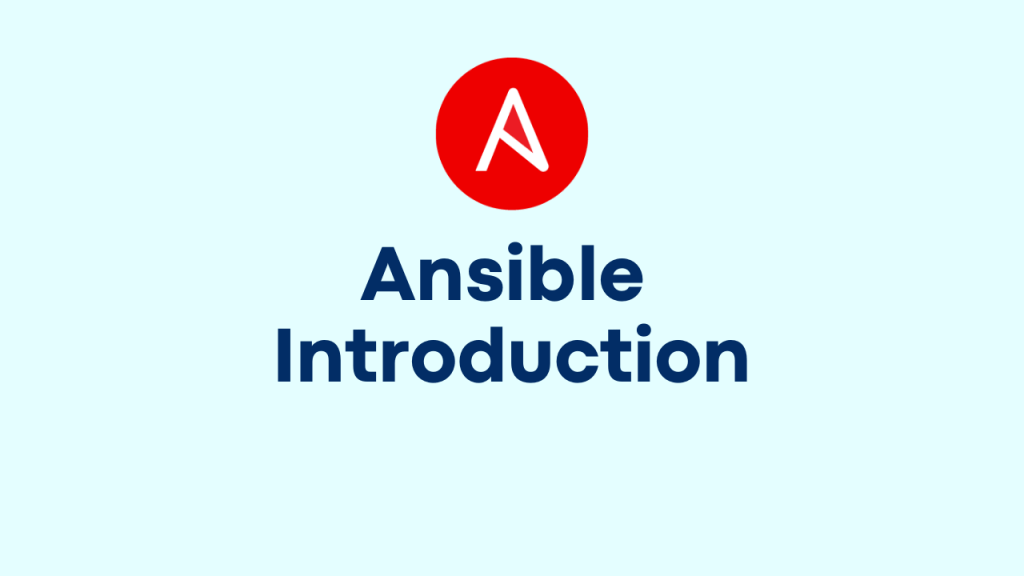
You have hundreds and thousands of online documentation and wiki pages for learning Ansible, and this is our attempt to cover Ansible in a simple and beginner level approach.
See all parts of Automation with Ansible Guides here
What is Ansible
Ansible is a simple and awesome IT automation engine by which you can automates your IT environment for provisioning, configuration management, application and patch deployment, orchestration etc.
Ansible is,
- Simple – commands and playbooks are human readable and easy to exchange between teams; they don’t need special skills to read it.
- Powerful – you can manage application/patch/server deployment, configuration, workflow automation or appliances (ESX hosts, Storage boxes or network devices).
- Agentless – Ansible does not need any agent to be running on the managed hosts , instead it connect to the hosts using OpenSSH or WinRM.
How Ansible Works
Ansible Concept and Architecture
Controlnode – Ansible is installed and run from the controlnode and will contain copies of your project file including ansible playbooks. It can be a workstation or a dedicated server in the environment.
Managed Hosts – these are listed servers or nodes in the inventory – defined as static or via dynamic inventory scripts – on which Ansible commands or playbook tasks need to be executed.
Playbook – Plays are ordered set of tasks to execute against host selections from your inventory. A playbook is a file containing one or more plays.
Tasks – Task run a module with arguments to accomplish the required state or action.
Tasks → Plays → Playbook
Ansible Tower – is an enterprise framework by Redhat, to manage, control and secure your ansible environment.
Use Cases
- Provisioning
- Configuration Management
- App Deployment
- Continuous Delivery
- Security & Compliance
- Orchestration
Let’s learn about Ansible Installation in next part.
See all parts of Automation with Ansible Guides here
